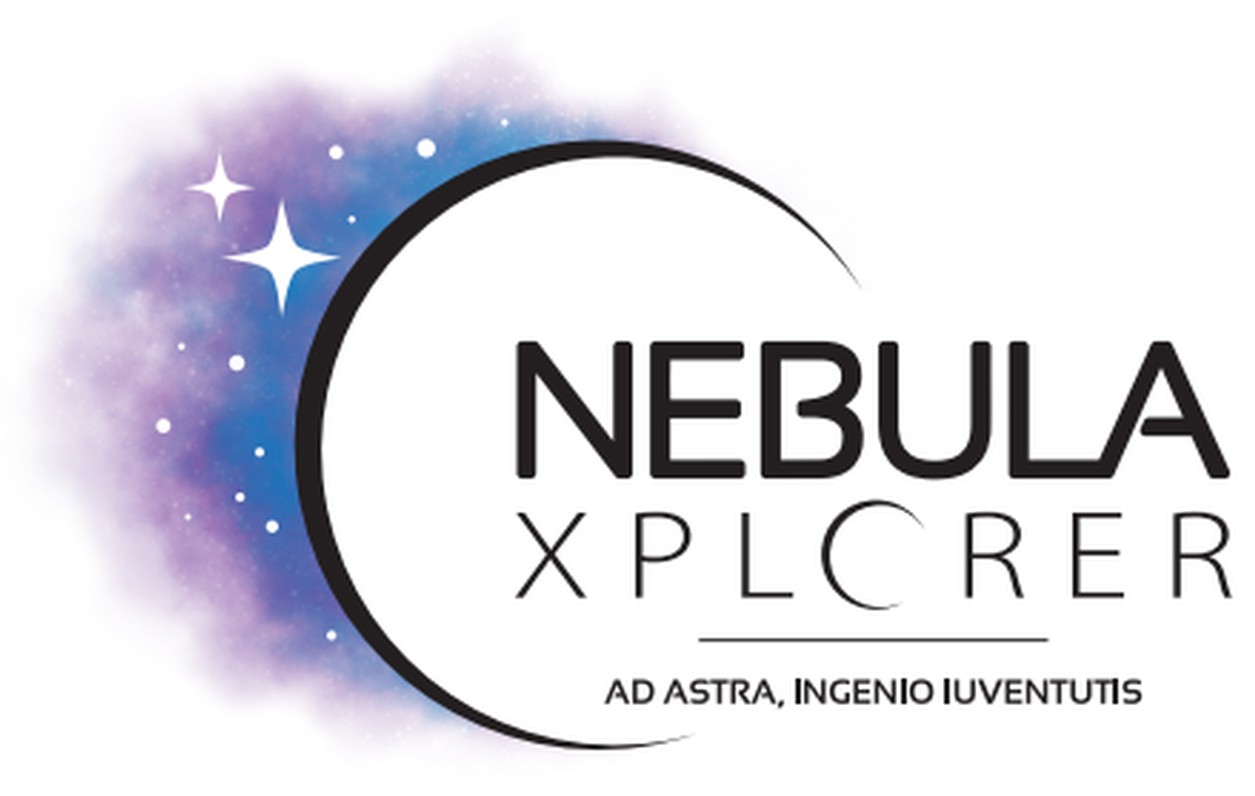X-ray double stars
Many of the brightest objects in the Universe are X-ray binaries. These are combinations of an extremely compact object, such as a black hole or neutron star, and a companion star. Over time, the compact object extracts matter from its companion star. This releases lots of energy through a jet. Scientists do not yet fully understand this process. Especially the nature of the stream of matter right next to the black hole remains a big mystery.
Long observation periods
NEBULA-Xplorer will investigate how jets form and how X-ray binaries evolve. It will observe these objects for long periods of time to see how their emission varies on time scales from milliseconds to weeks. This long observation time makes it possible to combine X-ray activity with data from other wavelengths from other telescopes.
Compact X-ray telescope
NEBULA – Xplorer will be a very compact X-ray space telescope, measuring only 110 x 85 x 50 centimetres. It can be made so small by using several cylindrical mirrors that reflect X-rays. The mission has one X-ray instrument on board that can measure how X-rays vary over a long period of time. The space telescope will use existing, commercial X-ray detectors. These will be cooled down to their optimum operating temperature of -35 degrees Celsius.
Design
The students will be supported by SRON in designing, building and testing the camera, electronics and housing. They will also receive coaching from their educational institute and the industrial partners within the project. We develop NEBULA – Xplorer in close cooperation with the Dutch space industry, which provides the technical facilities to produce and test the various components.
Interested in participating?
For students from Dutch educational institutions, the following assignments are available in the coming year as part of the NEBULA – Xplorer mission:
- Development of a structural-thermal model of the camera
- Development of the camera’s readout electronics
- Development of the camera’s signal processing system
- Research into alternative launch platforms
- Research into mechanical, optical, and electronic test systems
- Research into materials and processes
If you want to participate, please contact Martin Grim.




